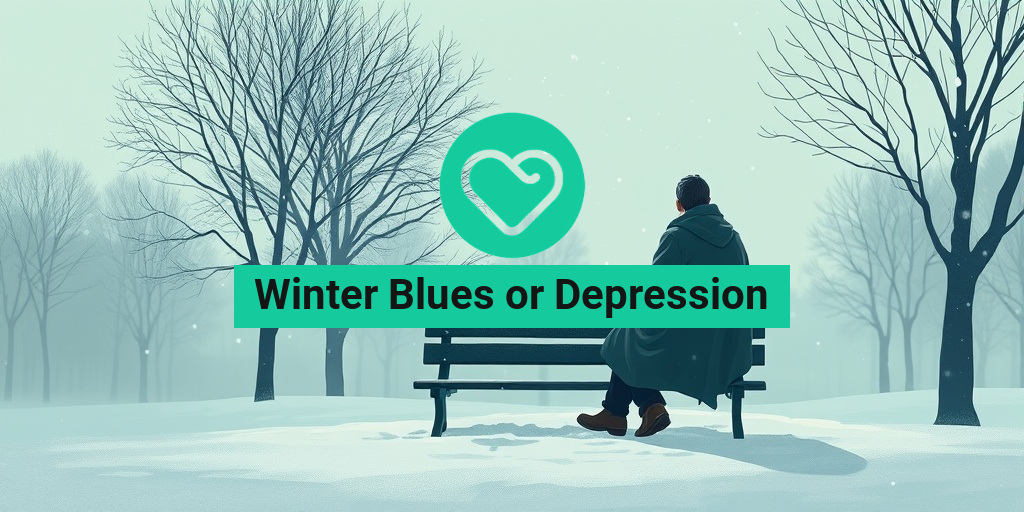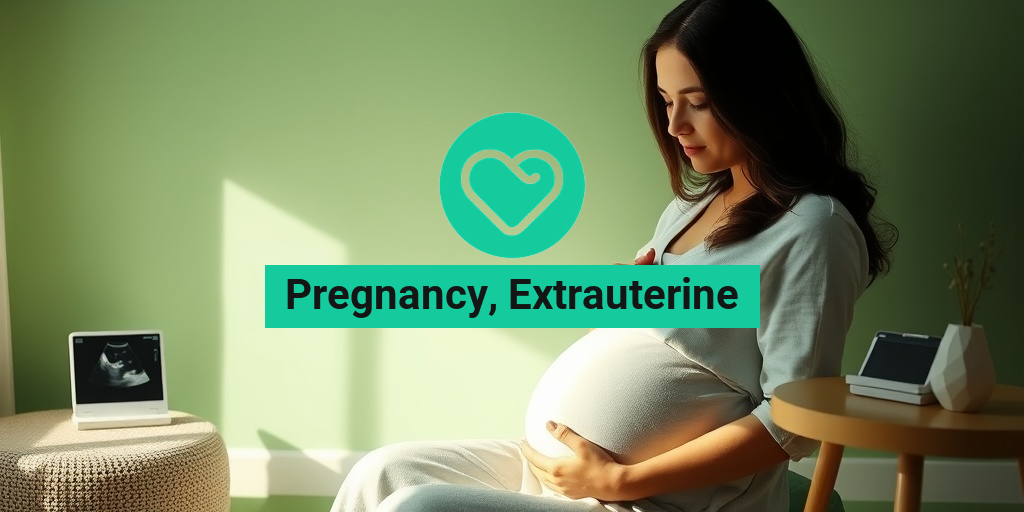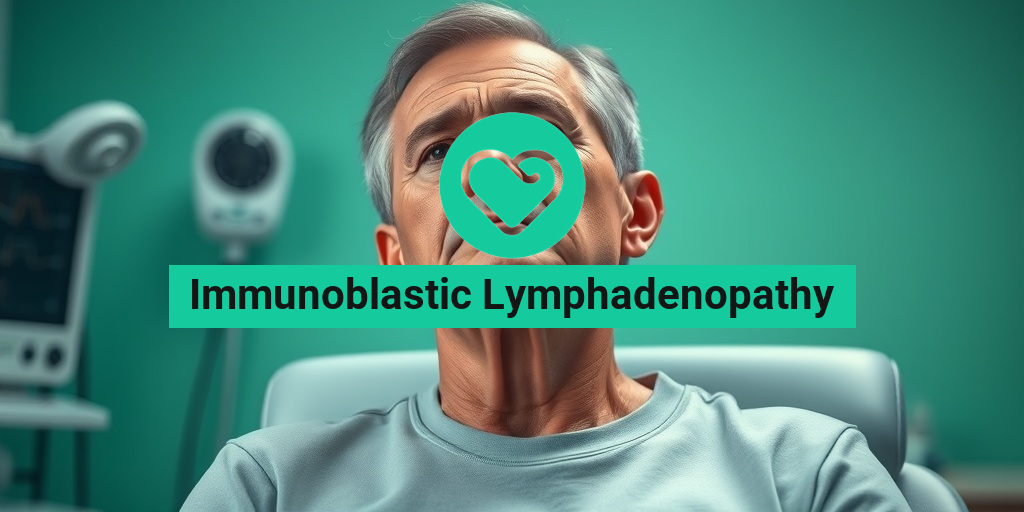What Is Trisomy 13 Syndrome?
Trisomy 13 Syndrome, also known as Patau syndrome, is a rare genetic disorder caused by the presence of an extra copy of chromosome 13 in a person’s cells. This chromosomal abnormality leads to a range of developmental and physical challenges. The condition is typically identified at birth or during pregnancy through genetic testing, such as an ultrasound or amniocentesis.
The extra chromosome disrupts normal development, resulting in various health issues. While the exact cause of Trisomy 13 is not fully understood, it is believed to occur randomly during the formation of reproductive cells. Factors such as maternal age may increase the risk of having a child with this condition, but it is important to note that Trisomy 13 can occur in any pregnancy.
Understanding the Genetics
In a typical human cell, there are 23 pairs of chromosomes, totaling 46. In individuals with Trisomy 13, there are three copies of chromosome 13 instead of the usual two. This genetic anomaly can lead to a variety of physical and intellectual disabilities. The karyotype of a person with Trisomy 13 will show this extra chromosome, which is crucial for diagnosis.
Prevalence and Life Expectancy
Trisomy 13 is relatively rare, occurring in approximately 1 in 10,000 live births. Unfortunately, the prognosis for infants diagnosed with this syndrome is often poor. Many affected infants do not survive beyond their first year of life, with a significant number passing away within the first few months. The life expectancy can vary greatly, depending on the severity of the symptoms and the presence of associated health issues.
Trisomy 13 Symptoms
The symptoms of Trisomy 13 can vary widely among individuals, but they often include a combination of physical and developmental challenges. Here are some of the most common symptoms associated with this syndrome:
- Severe intellectual disability: Most children with Trisomy 13 experience significant cognitive delays.
- Physical abnormalities: These may include cleft lip and/or cleft palate, polydactyly (extra fingers or toes), and heart defects.
- Growth deficiencies: Infants may be born with low birth weight and may not grow at a typical rate.
- Neurological issues: Many affected individuals may have seizures or other neurological problems.
- Facial features: Distinctive facial characteristics may include a small head (microcephaly), sloping forehead, and wide-set eyes.
Ultrasound Markers
During pregnancy, certain ultrasound markers can indicate the possibility of Trisomy 13. These markers may include:
- Abnormalities in the fetal heart structure
- Increased nuchal translucency (fluid at the back of the neck)
- Structural anomalies such as holoprosencephaly (failure of the brain to divide into two hemispheres)
While these markers can raise suspicion, a definitive diagnosis typically requires genetic testing.
Conclusion
Trisomy 13 Syndrome is a complex condition that presents numerous challenges for affected individuals and their families. Understanding the symptoms and implications of this syndrome is crucial for providing appropriate care and support. If you or someone you know is facing the challenges of Trisomy 13, resources like Yesil Health AI (yesilhealth.com) can offer valuable, evidence-based health answers to help navigate this journey.
While the prognosis may be daunting, each child with Trisomy 13 is unique, and many families find joy and fulfillment in their experiences. Awareness and education about this condition can foster a more supportive environment for those affected. 🌈
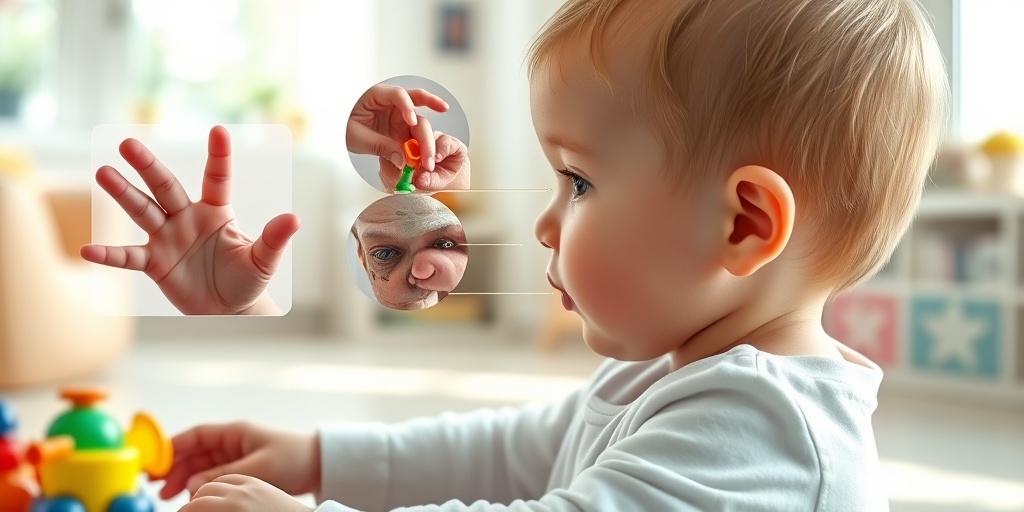
Causes of Trisomy 13
Trisomy 13 Syndrome, also known as Patau syndrome, is a genetic disorder caused by the presence of an extra copy of chromosome 13 in a person’s cells. This additional genetic material disrupts normal development, leading to a variety of physical and intellectual disabilities. Understanding the causes of Trisomy 13 is crucial for parents and healthcare providers alike.
Chromosomal Abnormalities
The primary cause of Trisomy 13 is a chromosomal abnormality known as nondisjunction. This occurs when chromosomes fail to separate properly during cell division, resulting in an egg or sperm cell with an extra chromosome. When this abnormal gamete combines with a normal gamete during fertilization, the resulting embryo has three copies of chromosome 13 instead of the usual two.
Types of Trisomy 13
There are three main types of Trisomy 13:
- Full Trisomy 13: This is the most common form, where every cell in the body has an extra chromosome 13.
- Partial Trisomy 13: In this case, only a portion of chromosome 13 is duplicated, which can lead to a milder form of the syndrome.
- Mosaic Trisomy 13: This rare form occurs when some cells have the extra chromosome while others do not, potentially resulting in a less severe presentation of symptoms.
Genetic Factors
While the majority of Trisomy 13 cases occur sporadically, certain genetic factors can increase the likelihood of this condition. For instance, if a parent is a carrier of a chromosomal rearrangement involving chromosome 13, the risk of having a child with Trisomy 13 may be higher. Genetic counseling can provide valuable insights for families with a history of chromosomal abnormalities.
Risk Factors for Trisomy 13
Identifying the risk factors associated with Trisomy 13 is essential for expectant parents and healthcare professionals. While anyone can have a child with this condition, certain factors can increase the likelihood of occurrence.
Maternal Age
One of the most significant risk factors for Trisomy 13 is the age of the mother at the time of conception. Women over the age of 35 are at a higher risk of having a child with chromosomal abnormalities, including Trisomy 13. This is due to the increased likelihood of nondisjunction events occurring in older eggs.
Family History
A family history of chromosomal abnormalities can also play a role in the risk of Trisomy 13. If a parent has previously had a child with a chromosomal disorder, the chances of recurrence may be elevated. Genetic counseling can help assess individual risk based on family history.
Previous Pregnancy Complications
Women who have experienced complications in previous pregnancies, such as miscarriages or stillbirths, may have a higher risk of having a child with Trisomy 13. These complications can indicate underlying genetic issues that may affect future pregnancies.
Environmental Factors
While the exact environmental factors contributing to Trisomy 13 are not fully understood, some studies suggest that exposure to certain toxins or harmful substances during pregnancy may increase the risk. Maintaining a healthy lifestyle and avoiding harmful substances can be beneficial for expectant mothers.
Ultrasound Markers
During routine prenatal care, ultrasound examinations can sometimes reveal markers associated with Trisomy 13. These may include:
- Structural abnormalities, such as heart defects
- Increased nuchal translucency (thickness at the back of the neck)
- Abnormalities in the brain or facial features
While these markers do not confirm a diagnosis, they can prompt further testing, such as amniocentesis or chorionic villus sampling (CVS), to assess the presence of Trisomy 13.
Understanding the causes and risk factors associated with Trisomy 13 Syndrome is vital for informed decision-making during pregnancy. By being aware of these factors, parents can seek appropriate prenatal care and support, ensuring the best possible outcomes for their families. 🌈
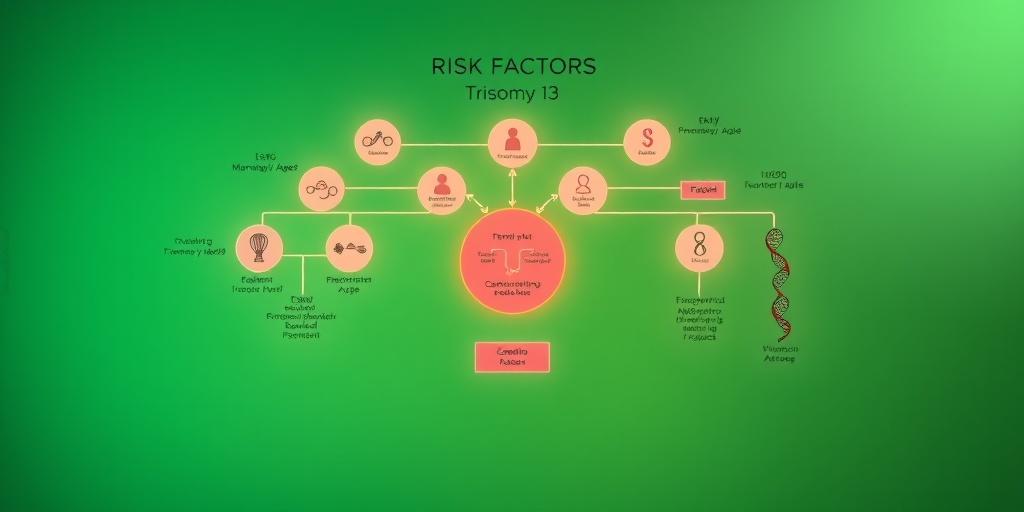
Diagnosis of Trisomy 13
Diagnosing Trisomy 13 Syndrome, also known as Patau syndrome, involves a combination of prenatal screening and diagnostic tests. This genetic condition arises from the presence of an extra chromosome 13, leading to various physical and developmental challenges. Early diagnosis is crucial for managing the condition and preparing for the needs of the child.
Prenatal Screening
During pregnancy, several screening tests can indicate the possibility of Trisomy 13 Syndrome. These tests include:
- First Trimester Screening: This involves a blood test and an ultrasound to measure the nuchal translucency (the fluid at the back of the baby’s neck). Abnormal results may suggest a higher risk of chromosomal abnormalities.
- Second Trimester Screening: The quad screen test measures four substances in the mother’s blood. Elevated or decreased levels can indicate potential issues, including Trisomy 13.
Diagnostic Tests
If screening tests suggest a risk for Trisomy 13 Syndrome, more definitive diagnostic tests may be recommended. These include:
- Chorionic Villus Sampling (CVS): Typically performed between 10 and 13 weeks of pregnancy, CVS involves taking a sample of the placenta to analyze the chromosomes.
- Amniocentesis: Usually conducted between 15 and 20 weeks, this test involves taking a sample of amniotic fluid to check for chromosomal abnormalities.
- Non-Invasive Prenatal Testing (NIPT): A blood test that analyzes fetal DNA circulating in the mother’s blood. It is highly accurate and can be done as early as 10 weeks into the pregnancy.
Ultrasound examinations can also reveal physical markers associated with Trisomy 13 Syndrome, such as heart defects, cleft lip or palate, and other structural anomalies. These findings can further guide the diagnostic process.
Trisomy 13 Treatment Options
While there is currently no cure for Trisomy 13 Syndrome, various treatment options can help manage the symptoms and improve the quality of life for affected individuals. The approach to treatment is often multidisciplinary, involving a team of healthcare professionals.
Medical Management
Children with Trisomy 13 Syndrome may require various medical interventions, including:
- Cardiac Care: Many infants with this syndrome have congenital heart defects. Regular monitoring and potential surgical interventions may be necessary to address these issues.
- Feeding Support: Due to difficulties with feeding, some children may require specialized feeding techniques or even feeding tubes to ensure proper nutrition.
- Physical and Occupational Therapy: These therapies can help improve motor skills and daily functioning, enhancing the child’s ability to engage with their environment.
Supportive Care
In addition to medical treatments, supportive care plays a vital role in the management of Trisomy 13 Syndrome. This includes:
- Early Intervention Programs: These programs provide developmental support and resources to help children reach their milestones.
- Family Support Services: Counseling and support groups can help families cope with the emotional and practical challenges of raising a child with special needs.
- Palliative Care: For some families, especially those facing severe complications, palliative care can provide comfort and support, focusing on quality of life.
It’s important for families to work closely with healthcare providers to create a personalized care plan that addresses the unique needs of their child with Trisomy 13 Syndrome. Regular follow-ups and assessments can help adapt the treatment plan as the child grows and develops.

Living with Trisomy 13
Trisomy 13 Syndrome, also known as Patau syndrome, is a complex genetic condition caused by the presence of an extra copy of chromosome 13. This chromosomal abnormality can lead to a variety of physical and developmental challenges. Understanding what it means to live with Trisomy 13 is crucial for families and caregivers navigating this journey.
Understanding the Features of Trisomy 13
Children with Trisomy 13 often exhibit a range of distinctive features and health issues. Some of the most common characteristics include:
- Severe intellectual disability: Most children with Trisomy 13 experience significant developmental delays.
- Physical anomalies: These may include cleft lip and/or palate, polydactyly (extra fingers or toes), and heart defects.
- Neurological issues: Many children face challenges such as seizures and structural brain abnormalities.
- Vision and hearing problems: These can include cataracts, retinal abnormalities, and hearing loss.
Due to the complexity of Trisomy 13, the prognosis can vary significantly from one individual to another. While some children may live for several years, many do not survive past their first year. This reality can be heartbreaking for families, but understanding the condition can help in managing expectations and planning for the future.
Life Expectancy and Prognosis
The life expectancy for individuals with Trisomy 13 is generally low. Studies indicate that approximately 5-10% of children with this syndrome survive past their first year. Factors influencing life expectancy include:
- Severity of symptoms: The presence of major organ defects can significantly impact survival rates.
- Access to medical care: Early intervention and ongoing medical support can improve quality of life.
- Family support: Emotional and practical support from family can enhance the overall experience for both the child and caregivers.
Parents and caregivers should work closely with healthcare providers to monitor the child’s health and address any emerging issues promptly. Regular check-ups and a tailored care plan can make a significant difference in managing the challenges associated with Trisomy 13.
Support and Resources for Families
Living with Trisomy 13 can be overwhelming, but families are not alone. There are numerous resources and support networks available to help navigate this journey.
Connecting with Support Groups
Support groups can provide invaluable emotional support and practical advice. Connecting with other families who are experiencing similar challenges can help alleviate feelings of isolation. Some well-known organizations include:
- The Patau Syndrome Foundation: This organization offers resources, support, and a community for families affected by Trisomy 13.
- Global Genes: A nonprofit organization that provides support for families dealing with rare diseases, including Trisomy 13.
- Local support groups: Many communities have local organizations that offer support for families with children who have special needs.
Educational Resources
Understanding Trisomy 13 is essential for families. There are many educational resources available, including:
- Books and articles: Numerous publications provide insights into the condition, its management, and personal stories from families.
- Webinars and workshops: Many organizations host online events that cover various aspects of living with Trisomy 13.
- Healthcare professionals: Regular consultations with specialists can provide tailored information and guidance.
Emotional and Psychological Support
The emotional toll of raising a child with Trisomy 13 can be significant. Families may benefit from:
- Counseling services: Professional counseling can help families process their feelings and develop coping strategies.
- Peer support: Engaging with other parents can provide a sense of community and shared understanding.
- Respite care: Taking breaks through respite care services can help caregivers recharge and maintain their well-being.
In conclusion, while living with Trisomy 13 presents unique challenges, there are numerous resources and support systems available to help families navigate this journey. By connecting with others and accessing the right information, families can find strength and resilience in the face of adversity. 💪❤️

Frequently Asked Questions about Trisomy 13 Syndrome
What is Trisomy 13 Syndrome?
Trisomy 13 Syndrome, also known as Patau syndrome, is a genetic disorder caused by the presence of an extra chromosome 13. This condition leads to severe intellectual disability and physical abnormalities. It is one of the most serious chromosomal disorders and can significantly impact a child’s development and health.
What are the common features of Trisomy 13 Syndrome?
Children with Trisomy 13 Syndrome may exhibit a variety of physical characteristics, including:
- Heart defects
- Facial abnormalities, such as cleft lip or palate
- Polydactyly (extra fingers or toes)
- Severe intellectual disability
- Low birth weight
What are the causes of Trisomy 13 Syndrome?
The primary cause of Trisomy 13 Syndrome is a random error in cell division called nondisjunction, which results in an embryo having three copies of chromosome 13 instead of the usual two. This can occur during the formation of eggs or sperm, leading to the condition upon fertilization.
What is the life expectancy for individuals with Trisomy 13 Syndrome?
The life expectancy for those with Trisomy 13 Syndrome varies significantly. Many infants with this condition do not survive past their first year, but some may live longer with appropriate medical care. Factors influencing life expectancy include the severity of associated health issues and the presence of supportive care.
How is Trisomy 13 Syndrome diagnosed?
Trisomy 13 Syndrome can be diagnosed through various prenatal tests, including:
- Ultrasound examinations that may reveal physical markers
- Chorionic villus sampling (CVS)
- Amniocentesis
Postnatally, a karyotype test can confirm the diagnosis by analyzing the baby’s chromosomes.
What are the ultrasound markers for Trisomy 13 Syndrome?
During an ultrasound, certain markers may suggest the presence of Trisomy 13 Syndrome. These can include:
- Heart defects
- Abnormalities in the brain structure
- Growth restrictions
- Facial clefts
What is the prognosis for children with Trisomy 13 Syndrome?
The prognosis for children diagnosed with Trisomy 13 Syndrome is generally poor due to the severity of associated health issues. Many children face significant challenges, and early intervention can be crucial in managing their health and development.
Are there any support resources available for families affected by Trisomy 13 Syndrome?
Yes, there are various resources available for families dealing with Trisomy 13 Syndrome. Support groups, online forums, and organizations dedicated to genetic disorders can provide valuable information and emotional support. Connecting with other families can also be beneficial in navigating the challenges associated with this condition.


